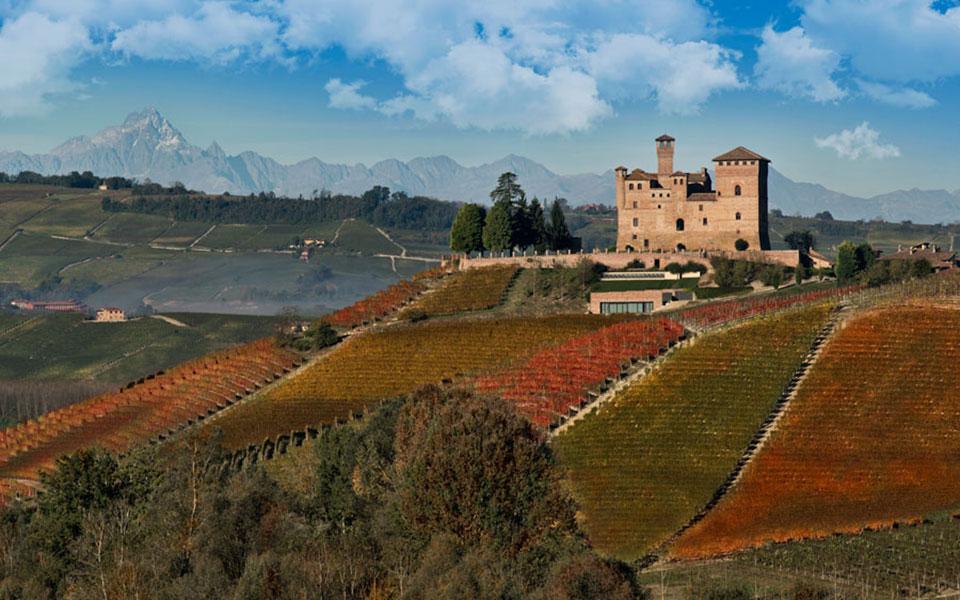Home to Italy’s first (and last) kings, the Savoys, and Barolo, the “King of Wines and the Wine of Kings,” Piemonte also gave birth to one of the Risorgimento’s finest statesmen—and Barolo aficionado—Count Camillo Benso Cavour.
Camillo Benso Cavour
Before his stint in national politics, Cavour lived here in his family’s castle, Castello di Grinzane, amidst the Nebbiolo vines. With experts like Louis Oudart, Cavour was at the forefront of enological evolution and began to tease more from Piemonte’s untapped viticultural potential. He helped to create Barolo as we now know it, a world-class, cellar-worthy wine.
This perfectly picturesque castle (just downhill from my former hometown) is now a self-guided museum open to the public, and a fantastic place to start a Piemontese pleasure cruise. The history is as deep as it is impressive, but up the castle’s narrow brick stairs lies one small room housing varietal maps and bottles labeled with each grape’s characteristics, offering a short and sweet viticultural orientation.

And for a gustatory orientation, head back downstairs. Most regional enoteche (wine tasting showrooms) are geographically specific: in Barolo’s castle cellar and Barbaresco’s deconsecrated church enoteche, you’ll taste only the wines of those regions. But Grinzane Cavour’s selection of wines, fairly priced and committee-tasted (ooh! Are they hiring?), offer samplings of the Langhe and Roero’s best. From Freisa to Dolcetto di Diano d’Alba, Arneis to Pelaverga, and both Barolo and Barbaresco, good wines are on offer and bottles open for tasting at three to five Euro a glass. And for those seeking something with a little more kick, espresso and other goodies are on offer in the castle’s café.
Cavour would have been pleased.

